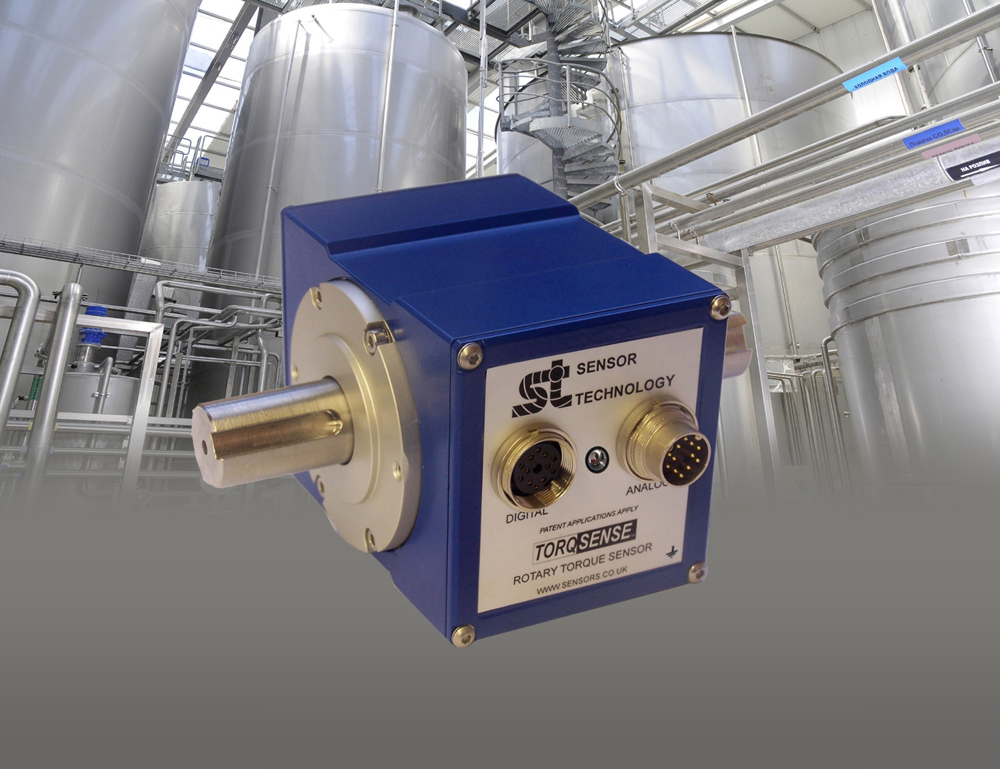Chemical Engineers Talk Sense About Mixer Efficiencies
Manchester University’s School of Chemical Engineering and Analytical Sciences is leading energy efficiency developments in the process industries

The school is incorporating TorqSense transducers into a test rig for analysing losses in in-line mixers.
The energy consumption involved in in-tank mixing is well understood, but with in-line rotor-stator mixers the flow is often controlled independently of the rotor speed and collecting sufficient data to accurately model the process requires a large number of experiments. Now researcher Dr Mike Cooke has developed two methods for obtaining the necessary information: one uses torque measurement, the other heat balance.
Dr Cooke explains that high shear rotor-stator mixers are widely used in process industries, providing a focussed delivery of energy, power and shear to accelerate physical processes such as mixing, dissolution, emulsification and deagglomeration. “To scale-up these devices from laboratory to industrial we need to understand the relationship between rotor speed, flow rate and the energy dissipated,” he says. “The first step is to link the energy dissipation rate to desired process results.” Sensor Technology’s TorqSense in-line torque meter measured the torque. TorqSense proved a good choice for this work because of its non-contact operation. It uses two piezo-electric combs glued to the drive shaft at right angles to one another. Applying torque deforms the combs changing their piezo-signature. This change is measured wirelessly by a radio frequency pick up and data is sent to a PC which uses graphics to aid instant interpretations and also logs data for later analysis.
Manchester University is a major user of TorqSense, having many installed on permanent teaching aids and various research rigs. “The students like the readout displays, which look no more complicated that a car’s dashboard,” says Dr Cooke. “For us researchers, the ease with which they can be mounted and removed is a God-send in experiments where you are constantly reconfiguring the rig.” The conclusion from Dr Cooke’s experiments is that the performance characteristics of in-line mixers can be easily modelled. This lets industrial users calculate their optimum energy consumption and tune their mixer drives accordingly. Cost savings will accrue during the whole production period, making a valuable contribution to the company’s bottom line and green credentials.
CONTACT
Mr A J Ingham
Sensor Technology Ltd
aji@sensors.co.uk
www.sensors.co.uk
+44 (0) 1869 238400
Wednesday 4 June 2014 / file under Chemical | Engineering | Technology



